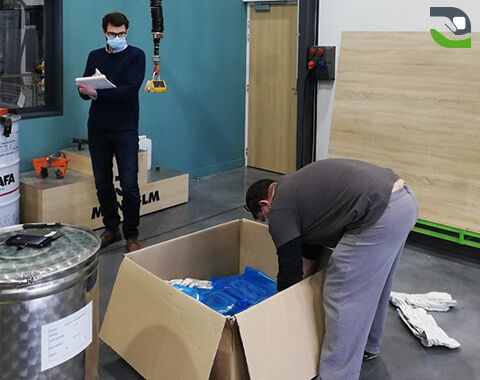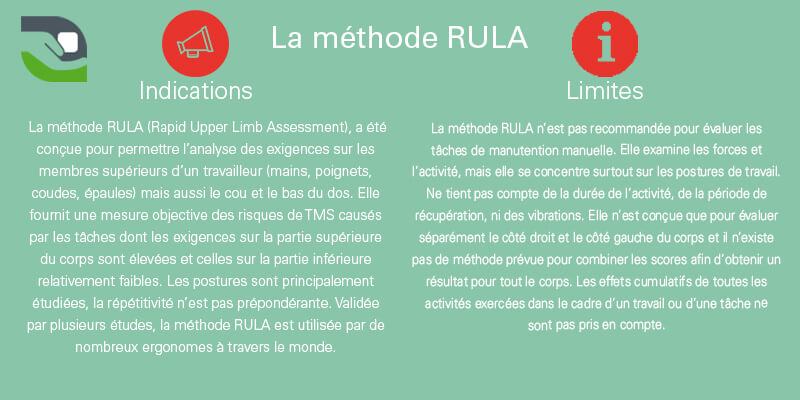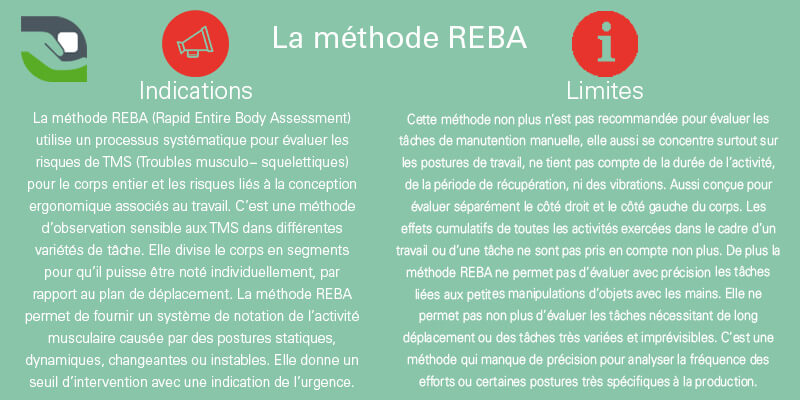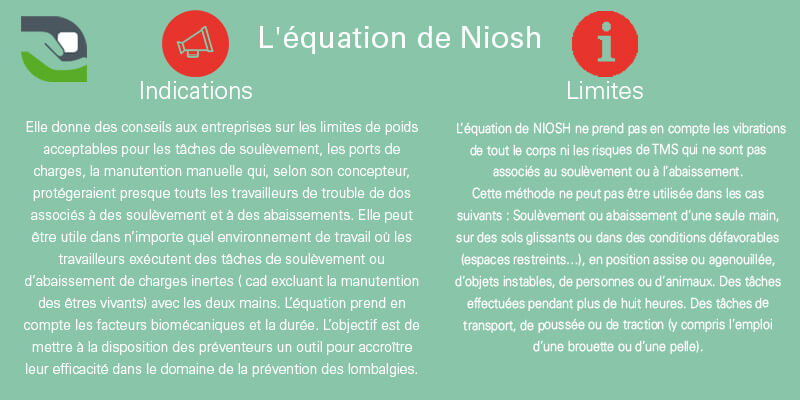Ergonomics and handling: what is ergonomics?
Ergonomics is the scientific discipline that focuses on the fundamental understanding of the interactions between humans and other components of a system. It seeks to understand the interactions between Man and his work environment (tools, workplace, colleagues, deadlines, repetitions…) in order to control and reduce occupational risks. By applying theoretical principles and methods to optimize the well-being of workers, ergonomics seeks a better symbiosis.
There are two main currents in ergonomics: the Anglophone and the Francophone. The first one, also called “Human Factor”, is based on the knowledge of human capacities, each activity or workstation would be studied in comparison with a “standard man”. The second is oriented towards a knowledge of the activity, also called “ergonomics of the activity”. It is mainly interested in the theoretical tasks performed by the workers by observing them.
In order to fight against MSD, an ergonomic approach is essential.
It is important to know that in order to reach satisfactory conclusions and proposals, the ergonomic approach must have the following three characteristics: it must be global, participative and multidisciplinary.
It is by studying all the elements that it will be possible to know on which it is necessary or preferable to act and which are already adapted. This is also what will allow us to intervene globally on the workstation, beyond the adaptation to the operator himself.
It is the person in the job who can say which activity is the most painful for him or her, where he or she thinks he or she is “wasting time. In some situations, it can explain why certain tasks, which may be burdensome, cannot be changed. For example, the reason why a box cannot be brought closer to the machine, while it forces the machine to carry it itself (hygiene rules, quality, handling problems with the transport machines…).
Depending on the situation, other people may be involved: management or director, engineer, sociologist, psychologist, occupational physician, CHSCT (Health, Safety and Working Conditions Committee), etc. The combination of each point of view and each expertise will make it possible to bring out the most appropriate proposals that will suit the maximum number of people.
An Ergonomic Work Analysis (EWA) is the main tool for ergonomic intervention. It can help solve various problems related to working conditions or to the design of tools and equipment.


 Job offers
Job offers 








